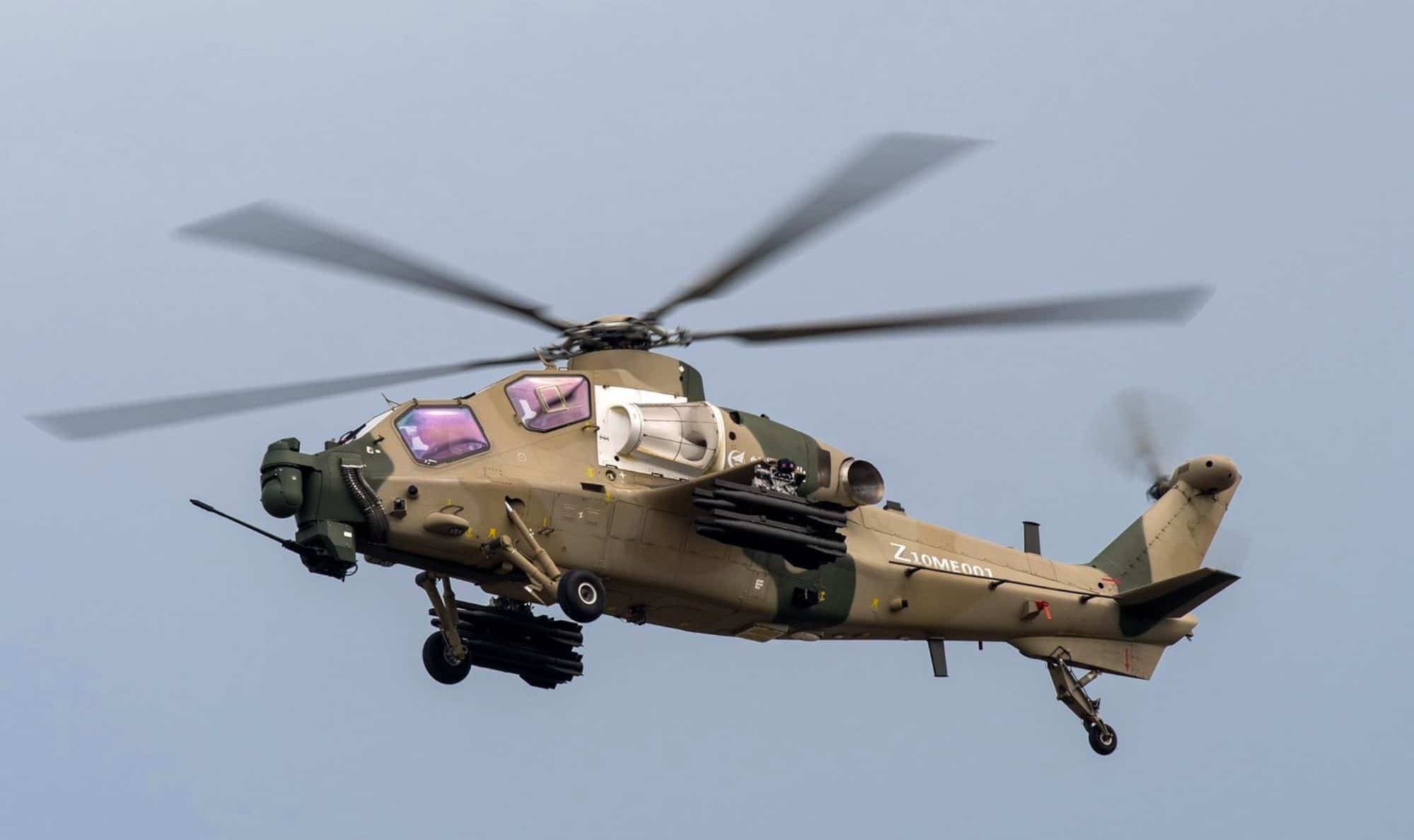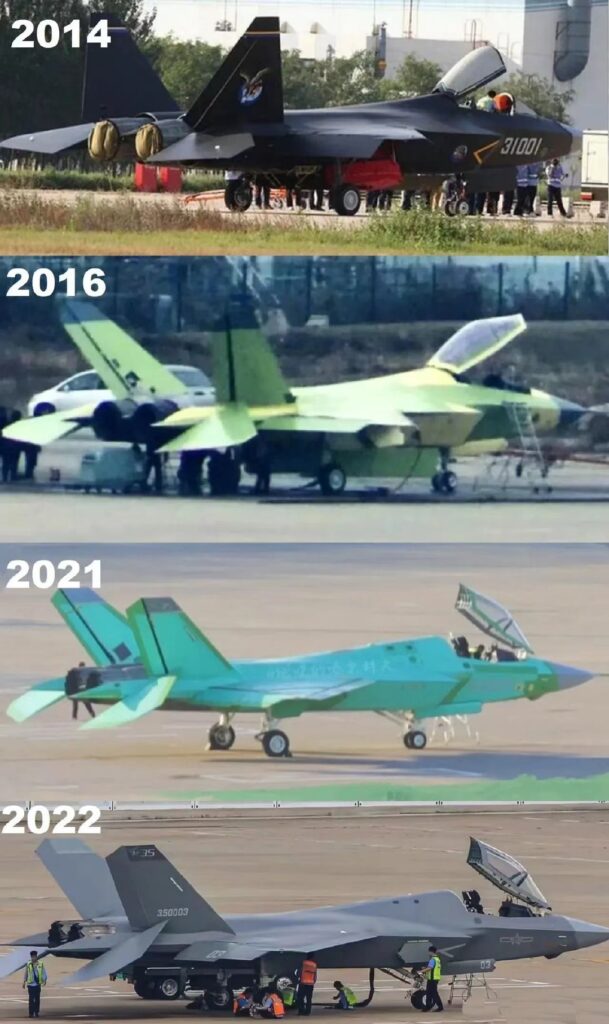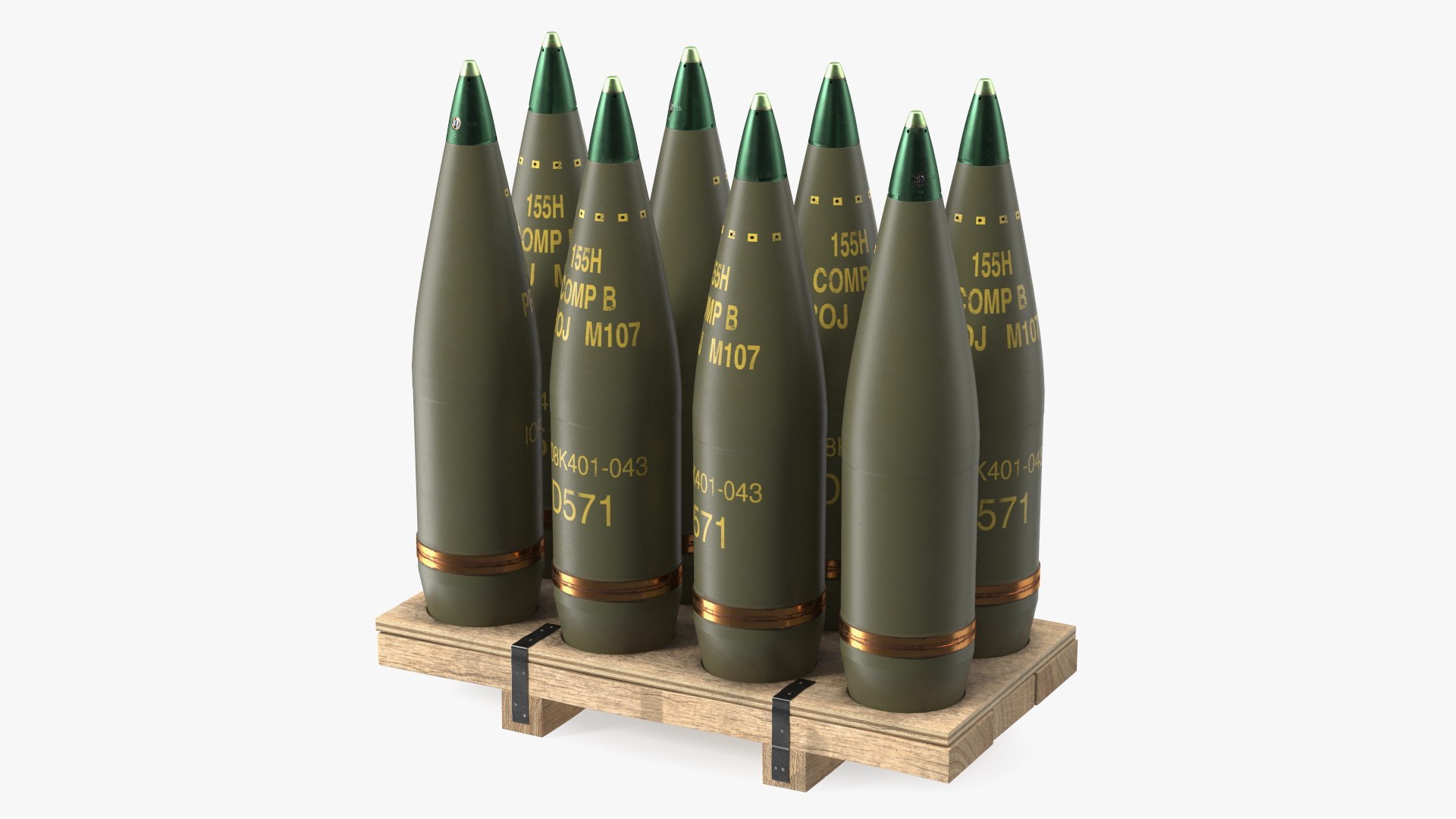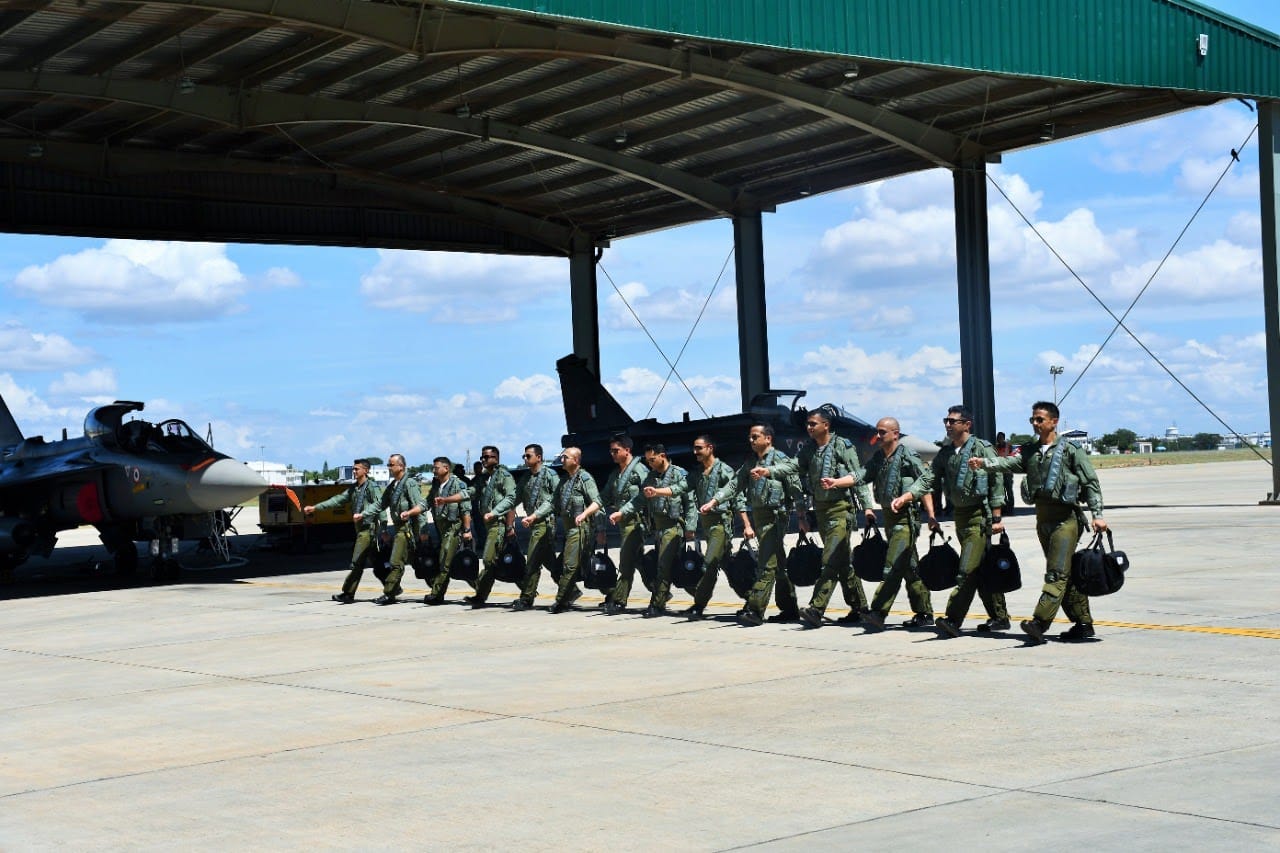Monthly Archives: March 2025
SOURCE: AFI


Hindustan Aeronautics Limited (HAL) has recently proposed the HLFT-42, a supersonic lead-in fighter trainer (LIFT) concept inspired by the legacy design of the HAL Marut, India’s first indigenous jet fighter from the 1960s. While the HLFT-42 aims to pay homage to India’s aviation history and address the Indian Air Force’s (IAF) need for advanced trainers, its retro-inspired design raises questions about its relevance in a rapidly evolving global aerospace landscape.
Instead of pursuing a derivative of an outdated platform, HAL should pivot towards developing a groundbreaking single-engine stealth LIFT aircraft—one that leverages technologies from the Advanced Medium Combat Aircraft (AMCA) and Tejas MkII programs. Such a platform could not only meet domestic training needs but also carve out a unique niche in the export market as a cost-effective, combat-capable stealth fighter, an offering currently absent in the global arena.
Continue readingSOURCE: RAUNAK KUNDE / NEWS BEAT / IDRW.ORG


While Indian Air Chief Amar Preet Singh and Defence Secretary Rajesh Kumar Singh have dismissed the notion of a current F-35A offer to India, including what was described as an informal offer by former U.S. President Donald Trump during a February 2025 meeting with Indian Prime Minister Narendra Modi, information obtained by idrw.org from a Lockheed Martin India official suggests otherwise. According to the source, LMI is in the process of organizing an official briefing for senior IAF leadership, with senior Lockheed Martin officials traveling from the United States for this purpose. Dates for the briefing are currently being coordinated.
idrw.org has previously reported Lockheed Martin’s reluctance to offer the F-35 within the MRFA tender framework, likely due to the potential requirements for Transfer of Technology (ToT) and a local assembly line. Instead, LM is expected to advocate for a Foreign Military Sales (FMS) approach, a government-to-government transaction facilitated by the U.S. Department of Defense.
Continue readingSOURCE: RAUNAK KUNDE / NEWS BEAT / IDRW.ORG


The Defence Research and Development Organisation (DRDO) has embarked on an innovative project to develop an “Ejectable Rocket Ignition System,” a technology poised to revolutionize the performance of the Pinaka MkIII, the next-generation variant of India’s indigenous multi-barrel rocket launcher (MBRL) system. This development, undertaken by DRDO’s Armament Research and Development Establishment (ARDE) in Pune, reflects India’s relentless pursuit of cutting-edge defense solutions to bolster its artillery firepower.
Though specific details of the Ejectable Rocket Ignition System remain under wraps, its likely purpose is to improve the ignition process of the Pinaka MkIII’s rockets, ensuring consistent and controlled propulsion while allowing for modular adaptability. Traditional rocket ignition systems are fixed within the projectile, but an ejectable design could enable the separation of the ignition component post-launch, potentially reducing weight during flight, optimizing fuel efficiency, and increasing range or payload capacity. Such a system might also facilitate safer handling and storage, as well as rapid reloading in the field—a critical advantage for the Indian Army’s envisioned Integrated Rocket Force.
Continue readingSOURCE: RAUNAK KUNDE / NEWS BEAT / IDRW.ORG


BrahMos Aerospace, India’s premier missile manufacturer, has embarked on an ambitious project to develop an airborne launcher for the BrahMos-NG, now rebranded as BrahMos-MA (Mini Airborne), in collaboration with a private-sector company. This lightweight launcher, weighing just 220 kilograms, is designed to integrate the supersonic cruise missile with a wide range of Indian Air Force (IAF) fighter jets, starting with the Sukhoi Su-30 MKI and Tejas Mk1A. Announced in early 2025, this development strengthens India’s Indigenous defence capabilities and positions the BrahMos-MA as a game-changing weapon in the IAF’s arsenal.
The airborne launcher, a critical component for deploying the BrahMos-MA from fighter aircraft, marks a significant engineering feat. At 220 kg, it is notably lighter than previous BrahMos launchers, such as the 500 kg unit used for the air-launched BrahMos-A on the Su-30 MKI. This weight reduction enhances compatibility with smaller platforms like the Tejas Mk1A, broadening the missile’s operational reach across the IAF fleet. The launcher’s modular design ensures adaptability to almost all IAF fighter types, including the Mirage 2000, Rafale, and potentially the upcoming Tejas Mk2 and AMCA (Advanced Medium Combat Aircraft).
Continue readingSOURCE: AFI


In a strategic move to bolster its aerial combat capabilities and maintain parity with its regional rival, the Pakistan Army is reportedly planning to expand its procurement of Z-10ME attack helicopters from China. This development comes as a direct response to India’s likely acquisition of 156 indigenously developed Light Combat Helicopters (LCH) Prachand, a platform designed to enhance India’s military presence along its borders with Pakistan and China. Adding a new dimension to this acquisition, Pakistan is exploring local assembly of the Z-10ME helicopters, potentially integrating advanced Turkish weaponry to elevate their operational effectiveness.
India’s LCH Prachand, meaning “Fierce” in Hindi, is a multi-role attack helicopter developed by Hindustan Aeronautics Limited (HAL) to meet the Indian armed forces’ needs in high-altitude and diverse terrains. With the Indian Ministry of Defence issuing a Request for Proposal (RFP) in June 2024 for 156 units—90 for the Army and 66 for the Air Force—the deal, valued at approximately ?53,000 crore (US$6.1 billion), is expected to be finalized by March 31, 2025. The Prachand’s ability to operate at altitudes exceeding 5,000 meters, coupled with its arsenal of air-to-air and air-to-ground missiles, makes it a formidable asset, particularly in contested regions like Ladakh and the Siachen Glacier.
Continue readingSOURCE: AFI
/sambad-english/media/media_files/2024/11/11/JvK6wmclhBivY7d3yWwF.jpg)

In the heart of Bhubaneswar, Odisha, BonV Aero is redefining the frontiers of aerial logistics with its cutting-edge unmanned aerial vehicles (UAVs). This innovative deep-tech startup, founded in 2021, has emerged as a key player in India’s defense and logistics ecosystem, designing and manufacturing transport-class UAVs capable of operating in some of the world’s most extreme environments. With a strong partnership with the Indian Army as an original equipment manufacturer (OEM), BonV Aero is addressing critical challenges faced by the Indian defense system, particularly in the unforgiving Himalayan mountains.
“The Indian defence system faces big challenges in the Himalayan mountains,” explains Satyabrata Satapathy, co-founder and CEO of BonV Aero. “Choppers have limitations, and relying solely on them for heavy payload transport is not a viable solution.” Traditional helicopters, such as the Indian Army’s Cheetah, struggle with payload capacity at high altitudes—capped at 20 kilograms in regions like Siachen—while UAVs offer a scalable, efficient alternative. BonV Aero’s response is a fleet of battery-powered, fully autonomous drones engineered to overcome these constraints, delivering supplies where conventional methods falter.
Continue readingSOURCE: AFI


The adaptation of deck-based fighter jets, originally designed for naval carrier operations, into land-based variants for air force use is a complex engineering feat that introduces a unique set of challenges. China’s Shenyang J-35A, unveiled as a land-based stealth fighter for the People’s Liberation Army Air Force (PLAAF) at the Zhuhai Airshow in November 2024, exemplifies this trend.
Derived from the naval J-35, itself an evolution of the FC-31 prototype, the J-35A’s transition from sea to land highlights inherent design compromises and operational hurdles. As Pakistan emerges as a potential first export customer for this fifth-generation fighter, with reports suggesting a deal for 40 J-35A jets by 2027, the Pakistani Air Force (PAF) is poised to become an experimental proving ground for China’s cutting-edge but untested technology. This article explores the problems of converting deck-based fighters like the J-35A for air force roles and why Pakistan’s adoption positions it as a testing bed for Chinese innovation.
Continue readingSOURCE: AFI


Sunita Tools Limited, an emerging name in India’s defense manufacturing sector, has achieved a significant milestone with the receipt of a major Letter of Intent (LOI) for the supply of 155mm M107 empty artillery shells. The order, comprising 100,000 units, marks a substantial step forward for the company as it strengthens its footprint in the global defense supply chain. The LOI, issued by a prominent defense supplier from a neutral and friendly Far Eastern country, underscores Sunita Tools’ growing reputation as a reliable partner in the production of critical munitions components.
Under the terms of the LOI, Sunita Tools Limited will commence delivery of the 155mm M107 empty shells at a rate of 7,500 pieces per month until the full order of 100,000 units is fulfilled. This steady supply schedule, expected to span over 13 months, highlights the company’s capacity to meet consistent production and delivery timelines—a key requirement in the defense industry. The 155mm M107 shell, a NATO-standard artillery projectile known for its versatility and widespread use, is a vital component for modern artillery systems, making this contract a strategic win for Sunita Tools.
Continue readingSOURCE: IDRW.ORG


GE Aerospace marked a significant milestone in its long-standing partnership with Hindustan Aeronautics Limited (HAL) on Tuesday, March 25, 2025, with the delivery of the first of 99 F404-IN20 engines. These engines are destined to power the Tejas Light Combat Aircraft (LCA) Mk 1A, India’s indigenous fighter jet, further strengthening the country’s military aviation capabilities.
Shawn Warren, General Manager of Combat & Trainer Engines at GE Aerospace, expressed enthusiasm about the achievement. “We were excited to deliver the first of 99 F404-IN20 engines to our valued customer, Hindustan Aeronautics Limited,” Warren said. “This is an important milestone in our 40-year relationship with HAL and in our efforts to ensure a strong future for India’s military by developing next-generation fighters while enhancing the country’s defense manufacturing capabilities.”
Continue readingSOURCE: IDRW.ORG


Hindustan Aeronautics Limited (HAL) achieved another milestone in India’s indigenous defense aviation program with the rollout of the 7th Tejas Light Combat Aircraft (LCA) Mk1A jet, bearing the serial number LA-5039, on March 25, 2025. This development comes just over a year after the first Tejas Mk1A aircraft, serial number LA-5033, conducted its inaugural flight, highlighting the impressive pace at which HAL is manufacturing these advanced fighter jets despite challenges such as engine delivery delays.
At Aero India 2025, held earlier this year, HAL showcased five fully assembled Tejas Mk1A aircraft that were ready for delivery to the IAF, signaling the company’s readiness to scale up production. The rollout of the 7th jet, LA-5039, within a year of the first flight of LA-5033, underscores HAL’s accelerated manufacturing capabilities. This achievement is particularly notable given the delays in engine supplies, a challenge that HAL has navigated with commendable efficiency.
Continue readingSOURCE: AFI


In a significant stride toward modernizing its operations and bolstering safety, the Indian Air Force (IAF) is set to deploy an innovative Bluetooth-based tool tracking system at its airbases across the country. Developed by IG Defence and Aerospace, an Indian firm, this cutting-edge solution aligns with the government’s “Atmanirbhar Bharat” (Self-Reliant India) initiative, which champions the development and adoption of homegrown defense technologies. The system promises to revolutionize tool management, a critical yet often overlooked aspect of airbase operations, while reducing risks that could jeopardize aircraft safety.
With over 60 airbases under its command, the IAF faces the formidable challenge of tracking thousands of tools and pieces of equipment used in maintenance and operational tasks. Misplaced or lost tools pose a serious hazard, particularly when they become Foreign Object Debris (FOD)—small items like bolts, screws, or wrenches left on runways. FOD can cause catastrophic damage to fighter jets during takeoff or landing, potentially leading to accidents that endanger lives and multimillion-dollar assets. The new Bluetooth Low Energy (BLE) Tool Tracking System aims to mitigate this risk by providing real-time visibility into the location of every tagged tool, ensuring nothing goes unaccounted for.
Continue readingSOURCE: AFI


In a remarkable testament to India’s growing prowess in the global defence manufacturing sector, the country has achieved a staggering 30-fold increase in defence exports over recent years. Notably, boots stamped with the ‘Made in Bihar’ label have found their way into the gear of the Russian Army, marking a significant milestone for both Bihar’s industrial capabilities and India’s expanding defence footprint.
According to a recent defence report, India now exports defence equipment to over 100 countries, showcasing its transformation from a primarily import-dependent nation to a key player in the global arms and equipment market. In the fiscal year 2023-24, the United States, France, and Armenia emerged as the top buyers of Indian defence products, reflecting the diverse and growing demand for India-made military gear.
Continue readingSOURCE: AFI


The U.S. Navy is poised to take a significant step forward in its pursuit of next-generation air dominance, with plans to announce the company selected to develop and build its carrier-based sixth-generation fighter, known as the F/A-XX. According to a Reuters report published today, the Navy is expected to reveal the contract award for the engineering and manufacturing development (EMD) phase of the F/A-XX program “this week,” based on insights from unnamed sources familiar with the decision. This move mirrors a similar announcement anticipated from the U.S. Air Force regarding its own sixth-generation fighter, signaling a coordinated push to modernize America’s military aviation capabilities.
The timing of the Navy’s decision is notable, coming just one month after Adm. James W. Kilby assumed the role of Chief of Naval Operations (CNO) on February 26, 2025. Kilby’s early tenure appears to be marked by a decisive effort to advance the Navy’s future fighter program, which is critical for maintaining superiority in carrier-based operations amid evolving global threats.
Continue readingSOURCE: AFI


The Central Command of the Indian Army, in partnership with the Society of Indian Defence Manufacturers (SIDM), proudly presents Surya Drona Tech 2025 – a flagship event set to redefine the future of drone and anti-drone technologies tailored for the Indian Armed Forces. This premier gathering offers a unique platform for industry leaders, innovators, and stakeholders to collaborate directly with senior military leadership and procurement directorates from the Central Command and various Army commands.
Scheduled to be a landmark event in defense technology, Surya Drona Tech 2025 promises to bridge the gap between cutting-edge innovation and the operational needs of the armed forces. Here’s why this event is a must-attend for anyone invested in advancing India’s defense capabilities.
Continue readingSOURCE: AFI


On March 26, 2025, the High Commission of India in Victoria, Seychelles, organized the Seminar on Indian Defence Equipment (SIDE-2025), a virtual event aimed at strengthening defence collaboration between India and Seychelles. The seminar, held in partnership with the Department of Defence Production and the Society of Indian Defence Manufacturers (SIDM), showcased India’s cutting-edge defence technologies through presentations by eminent Indian defence manufacturing firms. The event was attended by the Chief of Defence Forces (CDF) of Seychelles, Brigadier Michael Rosette, along with senior officers of the Seychelles Defence Forces (SDF), highlighting its significance in deepening bilateral military ties.
The SIDE-2025 seminar, conducted virtually, provided a platform for Indian defence companies to demonstrate their latest innovations to Seychelles’ military leadership. This initiative builds on the success of previous engagements, such as the 2nd Bharat Seychelles Defence Exhibition (SIDE), reflecting India’s commitment to expanding avenues of collaboration with Seychelles under its “Make in India” and “Make for the World” vision. The virtual format enabled seamless participation from leading Indian firms, offering a glimpse into advanced systems ranging from radars and UAVs to naval equipment and small arms—capabilities that align with Seychelles’ maritime security needs in the Indian Ocean Region (IOR).
Continue reading